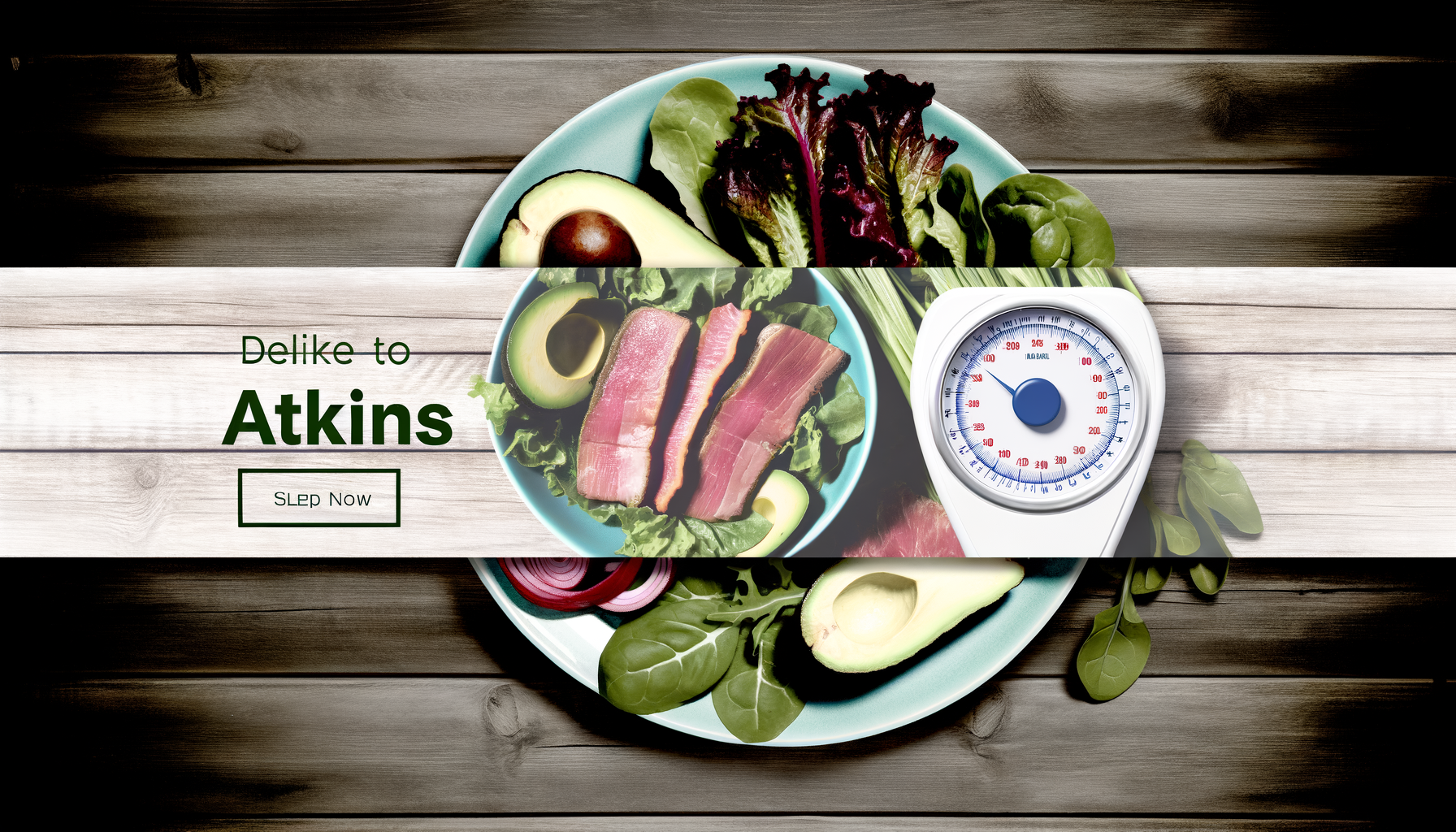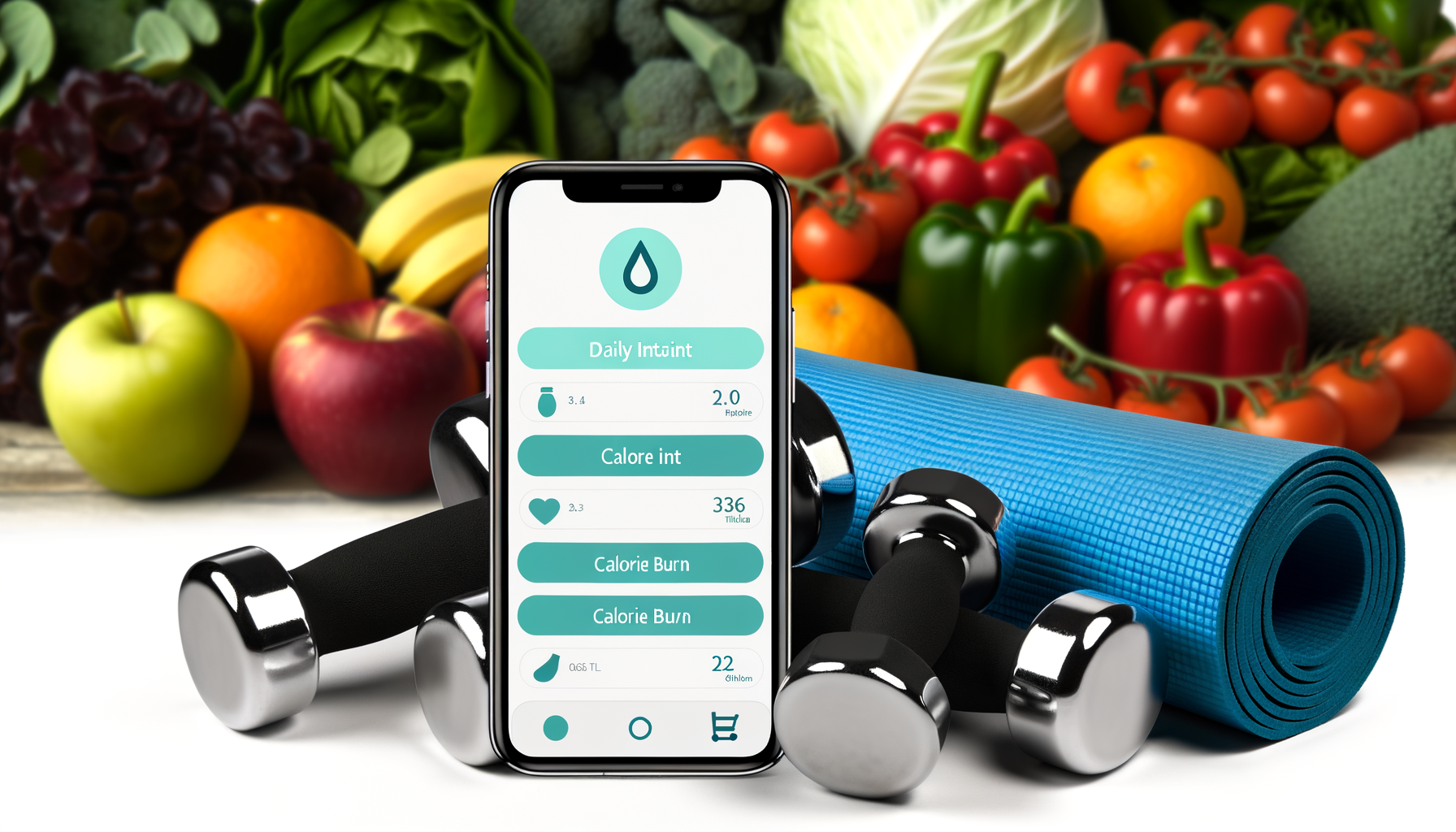How to Use Calorie Data to Improve Client Workout Programs
In today's health and fitness industry, creating personalized workout programs is no longer just about routine exercises or generic advice. The key to successful client outcomes lies in harnessing the power of data—particularly calorie data—to design tailored fitness regimens that address individual needs and goals. Whether your focus is on weight loss, muscle gain, endurance, or overall wellness, understanding how to use calorie data effectively can revolutionize your approach to training.
Unlocking the Potential of Calorie Data for Fitness
Calorie data serves as a fundamental tool for personal trainers aiming to enhance client workout programs. By analyzing a client's daily calorie needs and expenditures, trainers can craft workouts that not only meet but exceed the client's fitness objectives. This data-driven approach ensures that every session is optimized for results while maintaining a safe and enjoyable training environment.
Understanding Client Goals and Needs
Each client arrives with distinct objectives—be it weight loss, muscle gain, or improved endurance. To tailor a workout program effectively, understanding the client's specific calorie requirements is essential. For instance, if a client aims to lose weight, the trainer needs to create a calorie deficit while ensuring enough energy support for workouts. Tools like the WP Calorie Calculator can help determine daily calorie needs based on factors such as age, weight, height, and activity level.
This strategic use of calorie data allows for the development of personalized nutrition plans that complement exercise routines. By leveraging such technology, trainers can ensure that clients are consuming the right amount of calories to fuel their workouts while pursuing their goals.
Integrating Calorie Data into Workout Design
Calorie data significantly influences the structure and intensity of workouts. Here’s how trainers can incorporate this data:
- Workout Structure: A well-designed workout includes a warm-up, main workout, and cool-down. Calorie data helps select exercises that burn the right amount of calories to meet client goals. For example, high-intensity interval training (HIIT) is popular for its high calorie burn and is often added to weight loss programs.
- Technology Integration: Wearable devices like Fitbit and apps like MyFitnessPal can track calories burned during workouts and monitor nutrition intake. This real-time feedback allows trainers to adjust workout intensity and duration accordingly.
Monitoring Progress and Adjustments
Monitoring client progress is crucial for successful workout programs. By tracking calories burned and other fitness metrics, trainers can assess whether clients are on track to meet their goals. If data shows inadequate calorie burn, trainers can increase workout intensity; conversely, if clients are burning too many calories, adjustments can prevent overtraining. Tools like PT Distinction and Hevy Coach offer platforms for tracking progress and providing personalized feedback.
Enhancing Client Motivation with Calorie Data
Calorie tracking enhances client motivation by providing real-time feedback and challenges, keeping them engaged and motivated. This objective measurement of progress allows trainers to assess program effectiveness and make necessary adjustments. Furthermore, setting realistic goals based on performance data keeps clients motivated and focused throughout their fitness journey.
Case Studies and Real-World Examples
Studies have demonstrated the effectiveness of calorie data in personal training. For instance, research comparing supervised fitness training with competitive training has shown that personalized programs yield better results in fat reduction and strength gains. This underscores the importance of using calorie data in designing fitness programs.
In real-world scenarios, online programs like those mentioned in a study by IVIM Health have transformed fitness through personalized workout routines and progress tracking tools. These tools enable individuals to monitor their progress, celebrate successes, and adjust their strategies as needed.
Technology in Fitness Tracking
Technology has revolutionized fitness tracking by providing accessible and effective tools for monitoring progress. Wearable devices and mobile apps are excellent for tracking calories burned and other vital metrics during workouts. For example, Apple Watch and fitness trackers like Polar offer comprehensive tracking features that can be synced with smartphones and apps like Strava for further analysis.
Implementing Calorie Tracking in Personal Training
To effectively integrate calorie tracking into personal training, trainers should follow these steps:
- Initial Assessment: Conduct an initial assessment of the client's health and fitness goals. Gather personal information, body weight, body fat percentage, and circumference measurements.
- Setting Goals: Help clients set SMART (Specific, Measurable, Achievable, Relevant, Time-bound) goals. This could include targets for calorie intake, macronutrient balance, and physical activity.
- Choosing the Right Tools: Select appropriate tools for calorie tracking, such as MyFitnessPal for nutrition and Fitbit for activity monitoring.
- Regular Monitoring and Feedback: Regularly monitor the client's progress and provide feedback. Use data from calorie tracking apps to adjust the training program and ensure the client is on track to meet their goals.
Conclusion and Next Steps
Incorporating calorie data into personal workout programs is a powerful strategy for achieving client success in fitness. By leveraging technology and data-driven insights, trainers can design personalized, effective, and enjoyable fitness experiences. For trainers looking to enhance their program design, tools like the WP Calorie Calculator Plans can help determine daily calorie needs and make informed decisions about diet and exercise.
As we continue to evolve in the health and fitness industry, embracing the power of calorie data and leveraging the latest technology will remain crucial for delivering top-notch training programs. By focusing on personalized training and performance analysis, you can ensure that your clients achieve their goals while enjoying a motivating and rewarding fitness journey.
Consider exploring more resources and tools available on the WP Calorie Calculator website to further enhance your fitness training programs and drive client success.











